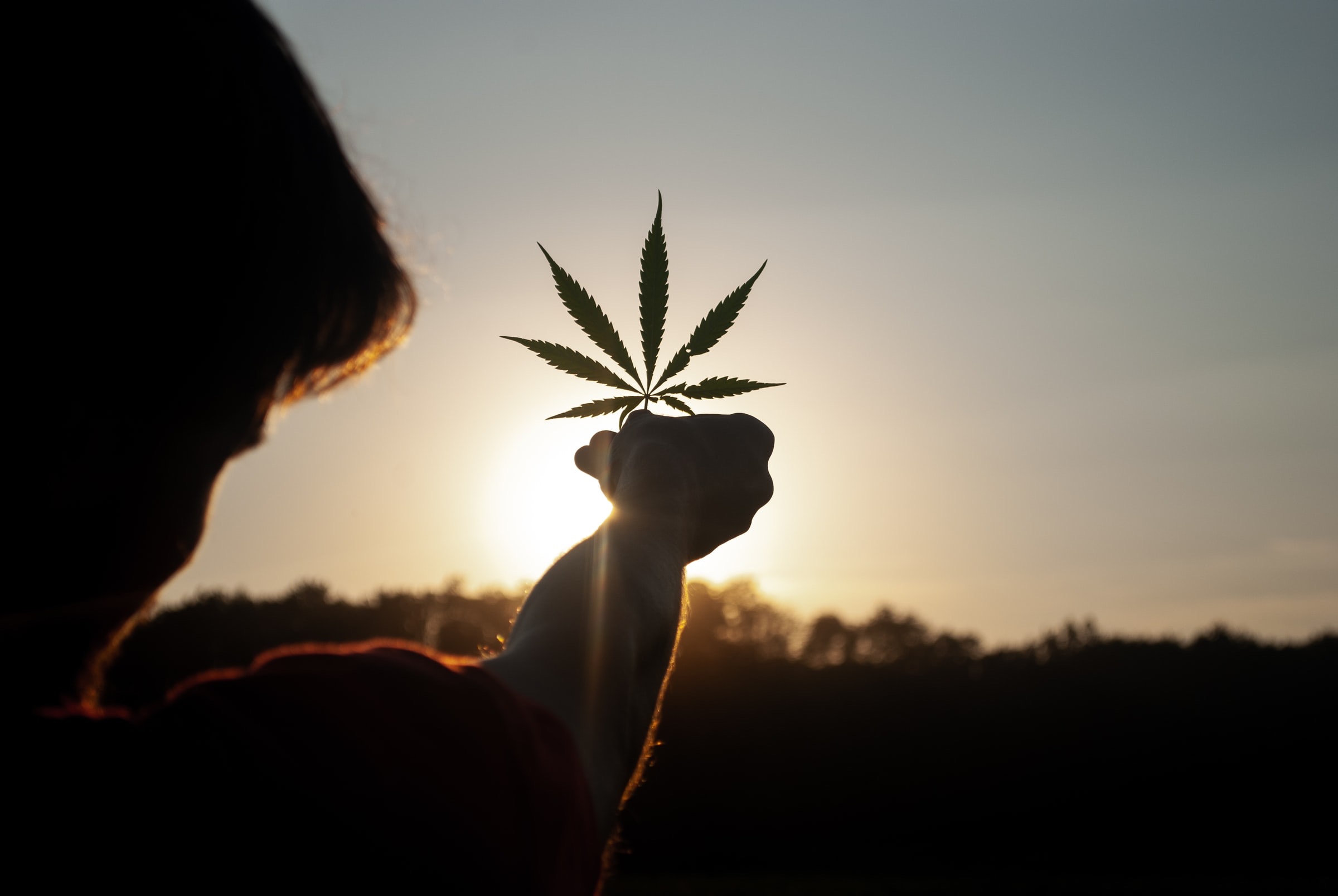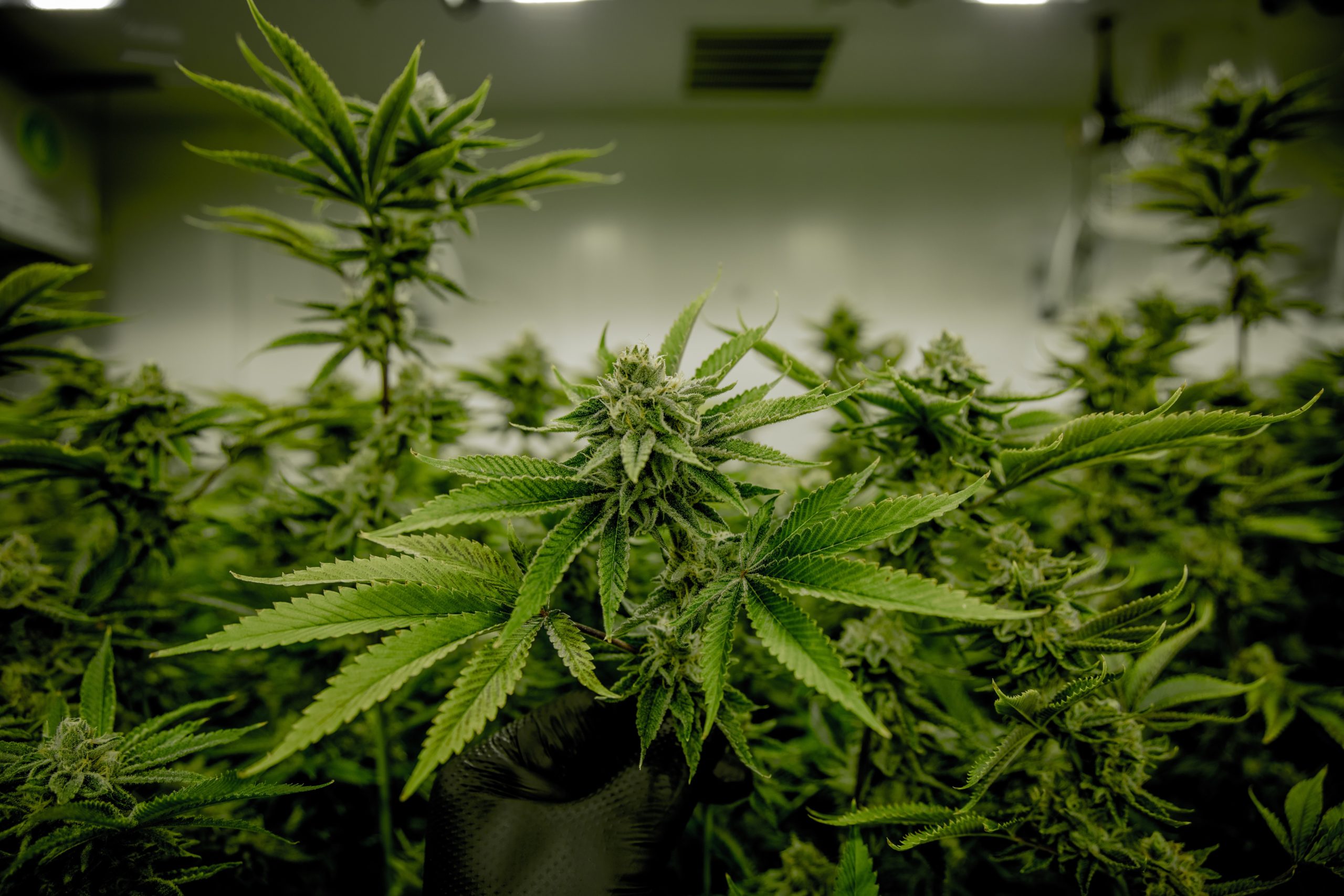You deserve a break from the tough truths of 2020. We do, too. Herewith our short round-up of fabulous cannabis facts to amuse and amaze.
By: NewTropic
Hippies Didn’t Invent It
Cannabis has been around a long time. Like: a long time. The fact that we have thousands of cannabinoid receptors in our own bodies, which first appeared in creatures as a regulatory function some 600 million years ago, makes a compelling case for human/cannabis interdependence over the millennia.

Still, it’s intriguing to discover that some 3,000 years ago in China, a man was buried in the Gobi desert with nearly 800 grams of Sativa piled near him, presumably to help him make his passage to the next life bright. Due to the arid conditions of his Gobi grave, cannabis from the cache was largely preserved, still having some green hue to it and smelling slightly dank.
(Speaking of Sativa, it was so named in 1542 by German scientist Leonhart Fuchs, and means “cultivated” or “useful” in Latin.)
Further proof that hippies didn’t invent weed are that it provided fibers to early humans in pre-Neolithic Japan; was banned in Arabia in the early 1300s; pipes packed with cannabis residue were found in William Shakespeare’s garden; and, unable to source alcohol in a Muslim country, Napoleon’s troops took up hashish when invading Egypt in 1798. They liked it so well, in fact, that he forbade its use in his ranks in 1799.
“Marijuana” is a Racist Slur

Said to be a conflation of the women’s names Maria and Juanita (themselves used as dismissive shorthand to refer to prostitutes South of the Border), cannabis wasn’t called marijuana until Harry Anslinger, then the head of the Federal Bureau of Narcotics (FBN), crusaded against it in 1937, linking it to jazz, Mexicans, Blacks, and female sexual freedom.
Before the 1906 Pure Food and Drug Act, cannabis was a common ingredient in medicinal tinctures, and sellers didn’t even have to mention it on their labels. It was even recommended by temperance leagues as an alternative to alcohol because, as any good stoner knows, cannabis pretty much doesn’t make you want to abuse your spouse.
But when the Mexican Revolution brought more immigrants fleeing persecution in Mexico to the U.S. in the ‘30s, it also brought an increased notice of cannabis. Mexicans used weed recreationally, and xenophobia and racism soon became tied to the substance. At first, states began to ban cannabis while the Feds made up their minds about it. We all know how that turned out and, in 1937, the Marihuana Tax Act, which imposed a usurious tax burden, was passed.
Cocaine and heroin had been outlawed in 1914 and Anslinger, who had previously said that the idea that cannabis could make people act erratically was an “absurd fallacy,” soon came to understand that, without a drug to demonize, his job at the FBN had little reason to exist. He made the eradication of cannabis his purpose, and invented axe murderers and addicts to ensure that the FBN’s funding continued until that magic day when it was transformed into the Drug Enforcement Administration and became a forever agency in American lives.
Cannabis as Truth Serum
The Office of Strategic Services in the U.S.—a wartime intelligence agency that was later superseded by the Central Intelligence Agency (CIA)— investigated various ways drugs could be used in the interrogation process during World War II. Cannabis was one of them, in the form of a THC acetate serum that was part of its biochemical interrogation program.

According to Leafly, the man responsible for this program was George White. “[He] used hash oil-laced cigarettes, along with LSD preparations, to interrogate various prisoners and unsuspecting persons. These controversial techniques would later be used by White throughout the ’50s and into the ’60s under the the highly publicized CIA program ‘MK Ultra.’” (Which is an excellent strain name, too.)
Of course our friend Harry Anslinger was on the scene, with his FBN providing the cannabis that made soldiers relaxed and chatty, distracted enough to sometimes perhaps share small truths. The CIA tested it out on a Mafia snitch and, when that proved useful, applied it to German prisoners of war. Cannabis as a truth serum of sorts was abandoned shortly after WWII ended, in 1947, as scientists began working with stronger psychoactive drugs.
Stronger than Steel
After 12 years of research and development, Henry Ford introduced his hemp plastic car In 1941. According to the Financial Express, Henry Ford’s “car [was] made entirely out of hemp and could run off hemp fuel as well as vegetable oil.” It was also environmentally friendly and could have changed the trajectory for the automotive industry had it taken off.
 In February of 1941, the New York Times announced Ford’s invention, declaring it to be 300 pounds lighter than steel models but with 10 times the strength. Ford was so confident that, with cameras running, he took an axe to the show car. It simply bounced back. (Check out this video of Ford’s Hemp Car repelling an axe.)
In February of 1941, the New York Times announced Ford’s invention, declaring it to be 300 pounds lighter than steel models but with 10 times the strength. Ford was so confident that, with cameras running, he took an axe to the show car. It simply bounced back. (Check out this video of Ford’s Hemp Car repelling an axe.)
According to Popular Mechanics, Ford and his partners made the car with “70 percent of cellulose fibres from wheat straw, hemp and sisal, plus 30 percent resin binder. The only steel in the car [was] its tubular welded frame.”
Conceived during the Great Depression, Ford’s hemp car was intended to help farmers by using materials they regularly grew, like wheat and soybeans as well as hemp, be used to mold its chassis. The consensus that Dupont killed the dream of the hemp car remains open for discussion.


